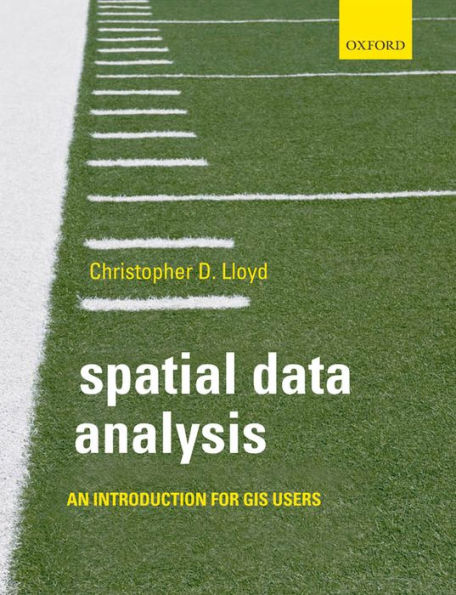5
1
9780199554324

Spatial Data Analysis: An Introduction for GIS users available in Paperback

Spatial Data Analysis: An Introduction for GIS users
- ISBN-10:
- 0199554323
- ISBN-13:
- 9780199554324
- Pub. Date:
- 02/01/2010
- Publisher:
- Oxford University Press
- ISBN-10:
- 0199554323
- ISBN-13:
- 9780199554324
- Pub. Date:
- 02/01/2010
- Publisher:
- Oxford University Press
139.99
Out Of Stock

Product Details
| ISBN-13: | 9780199554324 |
|---|---|
| Publisher: | Oxford University Press |
| Publication date: | 02/01/2010 |
| Edition description: | New Edition |
| Pages: | 224 |
| Product dimensions: | 7.40(w) x 9.60(h) x 0.60(d) |
About the Author
From the B&N Reads Blog
